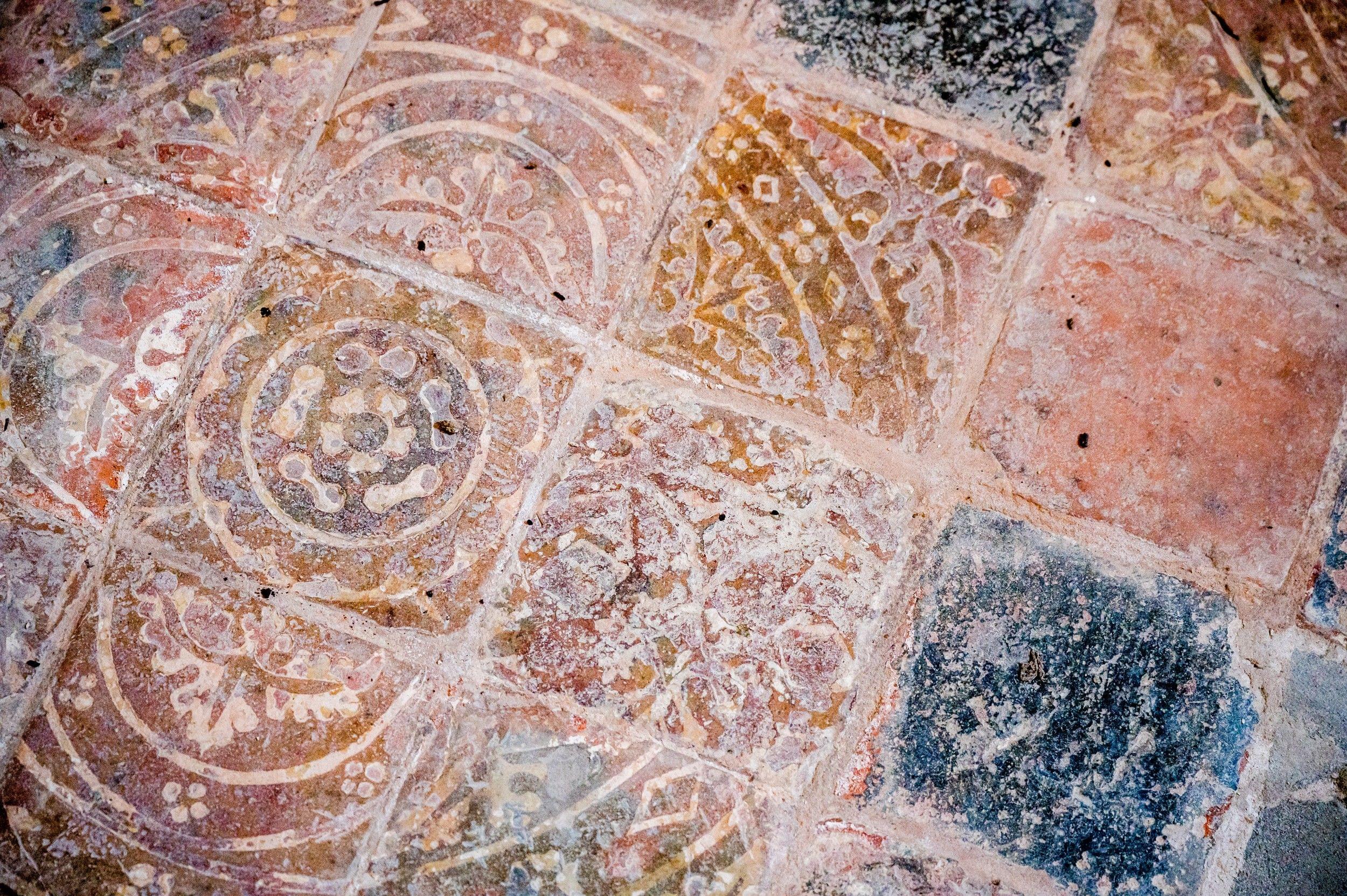St Margaret
High Halstow, Kent
Beautiful early Norman and Saxon church in the heart of the land of Dickens.

St Peter & St Paul is a medieval parish church sat next to the medway, a beautiful example of medieval worship.
Upper Stoke, Kent
It is difficult to date accurately the first church building in Stoke, but we know from Edwards Hasteds ‘History of Kent’ published in 1798 the early history of the church: Stoke itself was given to the See of Rochester by Eadberht, King of Kent, sometime between 664 and 673 AD 'for the good of his soul and for the remission of his sins'. This makes it one of the first donations of land to the church.
It is likely that there were some settlements here in Roman times and that there were some salt workings on the marshes even in those days. In Saxon times Stoke was an important place, as we know by its name. In those days it was called Andschohesham, a 'ham on the stockaded land'. Later the name was shortened to Estoches and it is recorded under this name in the Domesday Book of 1086. The entry for Stoches or Stoke states that there was a church with four servants and four acres of meadows.
The oldest part of the present church dates from about 1175. However from earlier historical records of the building it is difficult to establish whether the south or the north aisle is thought to be the earliest.
The font at the rear of the south aisle is a circular tub shape, which has been claimed to be Norman, although others believe it to be Saxon; it is dated as 13th century by the listing description. Its simple shape and workmanship certainly incline to an earlier Saxon time, but at this stage it is unlikely to be established one way or the other.
Within the chancel is an ornamental stone coffin lid, near to the altar on the north side, while on the south side is the outline of the priest’s door, which would have led to a separate chapel dedicated to the Blessed Virgin Mary. On the same wall is a piscine niche with a foliated canopy. In the south aisle is a piscine with a fox and a lion head, the lion putting it’s tongue out. This is 14th century, which supports the view that the south aisle was once the chantry for Malmaynes Hall, granted to the manor of Malmaynes Hall around 1380, and below the aisle was the family vault.
Many centuries later when the roof was being repaired the vault become flooded, and this is popularly supposed to have caused the pillar closest to the east window to have tilted out of true. The 15th century was a busy time for the fabric of the church, with two windows in the north aisle being added, and the window above the font. The glass in these has been replaced at later dates. Most of the roof timbers date from this time. , as do the north and south door. The present door in the south wall is a modern addition, donated by the Royal Engineers, based in the Medway towns.
The tower seems to have been built or rebuilt from 1470 to 1550. Within the tower is the belfry, with three bells. These have were restored in 1980s along with parts of the bell frame at a cost of many thousands of pounds.
Over the years the glass in the windows has been replaced and there appears little or no documentation about the original or subsequent glass. In the lancet window in the north aisle there is a beautiful glass showing three pomegranates in tones of blue, turquoise and gold. Nearby is a window designed and donated by Marjorie Crofts, depicting St. Francis of Assissi with rushes, poppies, and white dove and a kingfisher.
The main east window in the chancel is dedicated to the Goord family and dates from 1938. It was made by Celtic Studios of Swansea, a small studio founded in 1933 by Howard Martin and his cousin Hubert Thomas. They designed and made stained glass windows for houses, a cinema, a pub, chapels and churches and there is a large amount of their work in Toronto, Canada.
The wooden rood screen between the chancel and the nave was presented by the church wardens to commemorate those villages who died in the Great War of 1914 to 1918. Above the pulpit is a simple plaque recording those who gave their lives in the Second World War. At the back of the church is a list of vicars and incumbents of Stoke from Adam de Hanele in 1244 to the present day. Also recorded in a brief history of the church found near the altar is a list of chantry priests from 1390 to 1530.
Outside the church is a pretty lych gate in the boundary wall surrounding the churchyard. The wooden gates were given by the Bett family in 1995 in memory of Phillip Bett, a long standing and devoted church warden and servant of the church. On the outside wall by the south door is a holy water stoup, dating back some centuries. The church walls are constructed mostly of random rubble Kentish Ragstone.
High Halstow, Kent
Beautiful early Norman and Saxon church in the heart of the land of Dickens.
Allhallows, Kent
All Saints church has a thousand years of history in one building and there is too much to show on here so a visit is paramount.
Cooling, Kent
The inspiration for a dramatic Dickens tale.